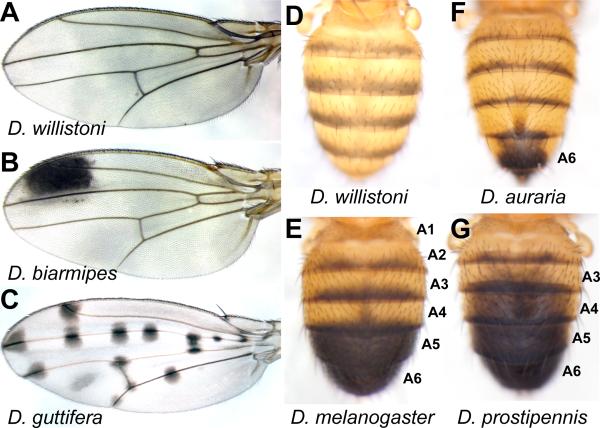Figure 1. Fruit fly pigmentation traits that serve as models for gene regulatory evolution.
(A) The wings of D. willistoni are unpigmented. (B) D. biarmipes displays an antero-distal black pigmentation spot. (C) The wings of D. guttifera flies are adorned with numerous spots including those positioned where multiple veins connect, and at the positions of campaniform sensilla. (D) Among Drosophila species, the dorsal surfaces of abdominal segments 1 through 6 are covered by cuticle plates known as tergites that are typically only partially pigmented, as shown for D. willistoni. (E) In D. melanogaster males, the A5 and A6 segment tergites are fully pigmented. Male-specific pigmentation has (F) contracted to the male A6 segment of D. auraria and (G) expanded to include the male A3-A6 segments of D. prostipennis.

